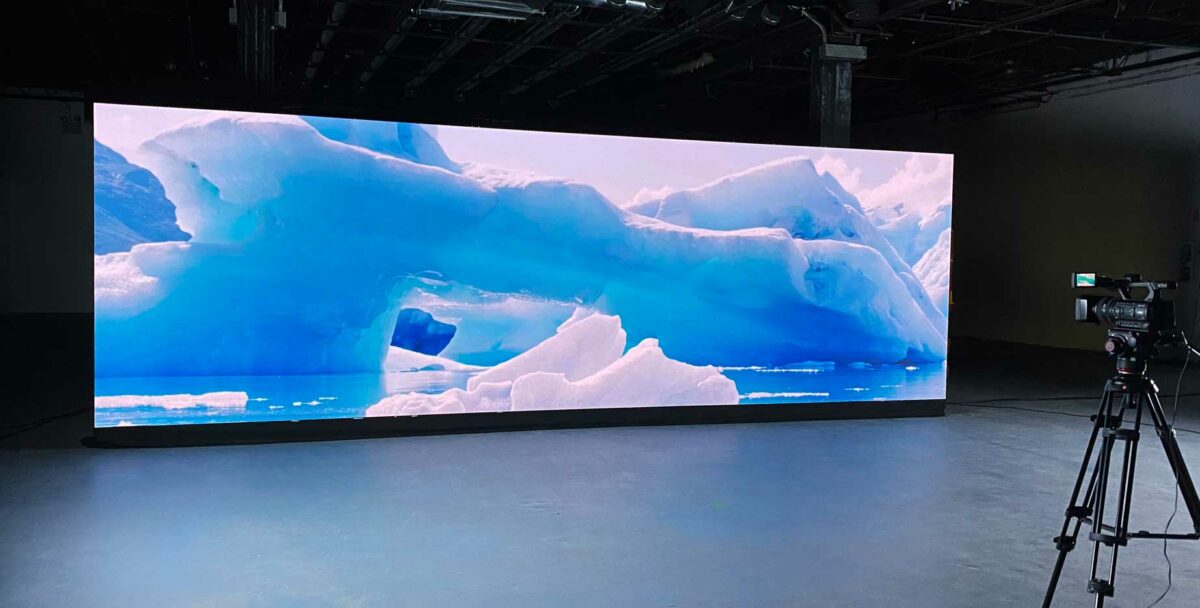
Classic display methods, like CRTs, have been present for numerous years. They were frequently used in televisions and computer screens. However, CRTs have a shorter duration, generally lasting around 10,000 to 20,000 hrs of operation. This means that after a few of years, users may notice a deterioration in image quality, such as fading or color deformation. In contrast, LED wall screens can last significantly longer, often exceeding 50,000 hrs. This prolonged lifespan means that consumers can experience consistent functionality without the requirement for frequent replacements.
Another crucial aspect to consider is power conservation. LED wall panels utilize less energy than traditional displays, which not only benefits the environment but also reduces power costs. For instance, while why not check here a CRT screen may use approximately 100 W of power, an LED panel can consume as little as 30 to 50 watts. This discrepancy in power consumption adds to the total durability of LED innovation, as lower energy consumption generates less heat. Excess thermal energy can damage electronic parts, resulting to a reduced lifespan for conventional screens.
In furthermore to their longer duration and power efficiency, LED wall screens also provide enhanced image clarity. They provide more vivid colors and better differentiation, making them ideal for multiple applications, from advertising to learning displays. The innovation behind LED panels allows for a wider sight perspective, meaning that images stay sharp and lively even when seen from the flank. This is a significant benefit over traditional screens, which often suffer from hue deformation and diminished luminosity at wider angles.
In conclusion, the durability of LED panel screens in contrast to traditional screen technologies is a key aspect for buyers to consider. With lifespans that can exceed 50,000 hours, power conservation, and enhanced image quality, LED technology offers many advantages. As innovation continues to advance, LED wall screens are probably to turn even more prevalent in multiple environments. Grasping these differences can assist people and organizations make better choices when investing in display technology, ensuring they receive the optimal worth for their requirements.